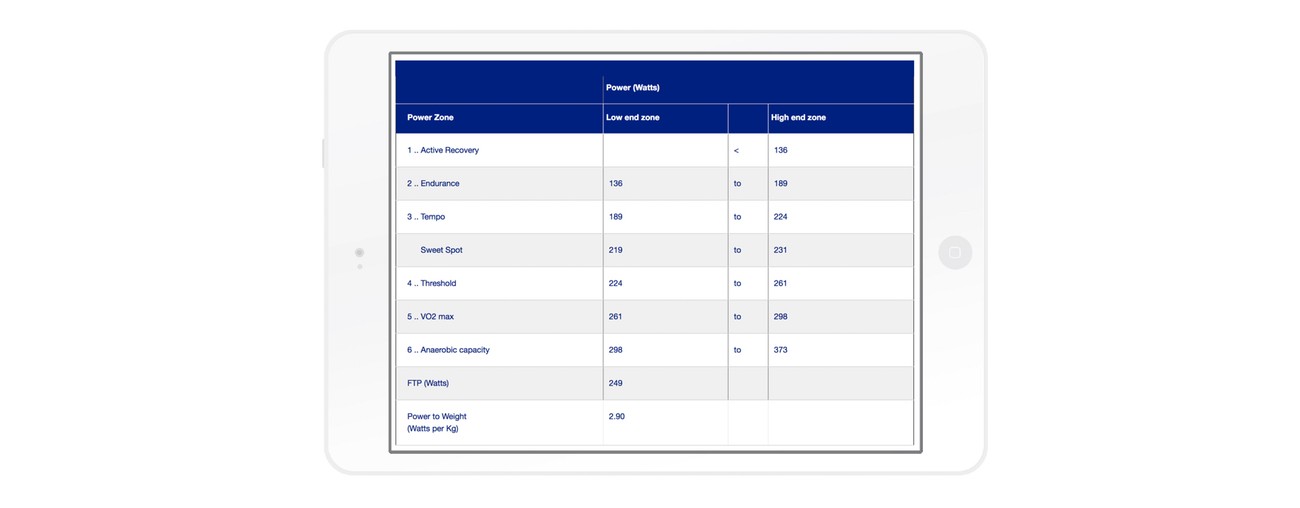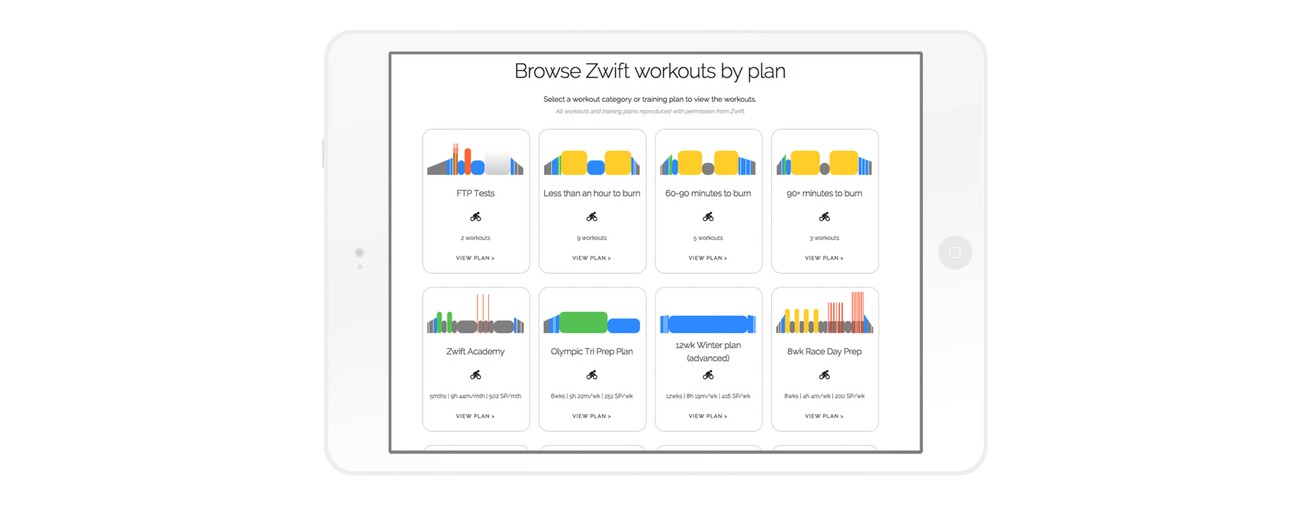Tacx and Zwift, a Whole Lot of Fun
Cycling indoors was not only fun, it proved to have an impressive impact on my performance as well. Let’s start over with the conclusions of my previous article. For those who can’t remember, I listed three main principles for myself to keep in mind when preparing for the upcoming cycling season. Here’s a quick recap, but don’t forget that my time to spend in the saddle is limited. So for those out there with more than 6-8 cycling hours available every week, these guidelines might not work for you.
- Go hard, not long
- Be consistent
- Then go harder
To be honest, I wasn’t on the right track from the first day I was using my Tacx in combination with Zwift.
When I started using Zwift, I was randomly cycling around in Watopia. Although I was still experimenting with it, I quickly noticed why people were so enthusiastic about it. During my first climbs to the top of Watopia, I couldn’t help but accelerate every time another cyclist passed me. As you have quite a lot of well trained cyclists on Zwift, most of the times I had to let them go, or else I was completely blowing up my legs. But sometimes it felt like a real battle, it felt like I could handle some of them. When they passed me I accelerated and I passed them again and kept giving the best of myself to keep them behind me. Sorry, I’m a bit competitive.
It even happened sometimes that my opponent (this is how I saw them), suddenly decreased speed. Jihaa! This guy lost the battle! At least that’s how I saw it. A few weeks later I came to the conclusion that these people were probably training with a workout. They slowed down because their program indicated to do so! A bit funny to look back on this, but in the end Zwift made me push my limits from the very beginning.
To me, the value is clear. The fact that you’re riding with others motivates you to train harder and become as good as them. But this isn’t the only trigger: you have group rides to join, live rankings with real time feedback on your previous records and many more features to boost your motivation. Your worst enemy when cycling indoor is boredom, but this is definitely not the case with Zwift.
Don’t underestimate the importance of being motivated, without the desire to get on your bike and push yourself, everything else is worthless!
Go Hard, Not Long
The first principle is already quite controversial. Most of the cyclists start off with base training at a lower heart-rate during the winter. Also, when riding indoors most of them are training at low intensity. “You can’t go hard during the winter, this is too early” is a saying commonly accepted among the cyclists. Not true! Believe me, your cycling efforts will pay off a lot more when you train at higher intensities.
So as a time-crunched cyclist, don’t be afraid to go hard when you’re in the saddle!
You’re probably thinking, how do you know what is ‘hard’ enough. Sweet Spot Zone is known as the ideal intensity to train and boost your bike fitness.
It strikes a desirable balance between the training effects you’ll get from it and a physiological strain that does not require extended recovery. Within Zwift you have multiple workouts including some intervals of Sweet Spot training. So next to the social aspect, Zwift provides you with ready-to-use training programs as well. You can find a good overview of all the Zwift workouts on What’s on Zwift.
While riding in workout mode, Zwift indicates when to accelerate, when to slow down, when to go full throttle, etc., depending on the goal it was made for. It even has an extra motivational side-effect, as you cut your effort in pieces, your session feels less long. In the beginning the Jon’s mix workout was the one I did the most: not too hard, not too long, a lot of variation and some Sweet Spot training is included. Apparently this workout was often used by the Zwift development team to test features and get a solid hour of training in.
Be Consistent
In order to grow my fitness consistently, three to four training sessions a week is perfect to me.
Most of my indoor training sessions are between 60 to 90 minutes. If it happens that my available training time in a specific week is really limited, I go for a minimum of two sessions. Watch out if you dip below this, going for two sessions is good to avoid your fitness declining. But if you have longer periods at this frequency, I experienced that my FTP goes down really quickly.
According to Chris Carmichael, inventor of the Time-Crunched Cycling Plan, four workouts per week should be perfect. His cycling plan comes down to a combination of the following:
- Two to three weekday workouts, each lasting 60 to 90 minutes
- One to two weekend rides, each lasting 1 to 3 hours
As you see, ideally you have one or two longer sessions as well during the weekend. For those out there who are interested in diving a bit deeper into this topic of hacking your bike fitness, The Time-Crunched Cyclist, Chris Carmichael’s book, is definitely a must-read.
Then Go Harder
In his book, Carmichael explains why the classic training model doesn’t work that well for amateur cyclists with limited time available to train. He makes quite a bold statement that I really liked:
“Remember, workload is a product of time and intensity, so if you want to keep the workload constant as time decreases, then intensity must increase.”
As mentioned before, Sweet Spot Training is perfect if you seek more bang for your buck. Zwift offers a workout which is almost solely dedicated to Sweet Spot Training. The Sweet Spot zone is typically between 88% and 93% of your FTP power. Next to that you also have tougher workouts with more time spent at higher intensity levels, like VO2 Max and Anaerobic Capacity. But what are these fancy words all about?
This was what I was thinking when I read about FTP, VO2 Max and Lactate threshold for the first time, so I decided to dive into the world of power based training. Let’s share the theory high-level to get you up & running!
The Basics of Power Zone Training
Andrew Coggan is seen as one of the founding fathers of power based training. In this article Training Peaks website you’ll find all the details about it. Basically, you can distinguish between six different training zones linked to specific power intervals. In order to define these intervals, people have to know their FTP power first.
Functional Threshold Power (FTP) is the average wattage you can sustain for 60 minutes. You have different ways of calculating this, the most common way is by doing a 20 minute interval, with warmup upfront and cool down afterwards. During these 20 minutes your average power is being taken. This figure is then adjusted downwards by 5% to calculate your FTP. The power calculator by British Cycling is a handy tool to calculate your zones easily. Find mine in the figure below and I’ll go more into the meaning of all these zones.

Active recovery, average power is below 55% of your FTP.
“Easy spinning” or “light pedal pressure”, i.e., very low level exercise, too low to induce significant physiological adaptations. Typically used for active recovery after strenuous training days (or races), between interval efforts, or for socializing.
Endurance, average power is between 56% and 75% of your FTP.
“All day” pace, or classic long slow distance (LSD) training. Breathing is more regular than at level 1, but continuous conversation still possible. Frequent (daily) training sessions of moderate duration (e.g., 2 hrs) at level 2 possible.
Tempo, average power is between 76% and 90% of your FTP
‘Spirited’ group ride, or briskly moving paceline. Breathing is deeper and more rhythmic than level 2, such that any conversation must be somewhat halting. Consecutive days of level 3 training still possible if duration is not excessive.
Lactate Threshold, average power is between 91% and 105% of your FTP.
Just below to just above TT effort. Continuous conversation difficult at best, due to depth/frequency of breathing. Typically performed in training as multiple ‘repeats’, ‘modules’, or ‘blocks’ of 10-30 min. duration. Performing at this intensity is ideal if you want to go hard on longer efforts between 20 and 60 minutes.
VO2 Max, average power is between 106% and 120% of your FTP.
Typical intensity of longer (3-8 min.) intervals intended to increase VO2 Max. Conversation not possible due to often ‘ragged’ breathing. Should generally be attempted only when adequately recovered from prior training. Typically if you perform well in this interval, you’ll feel good on the Oude Kwaremont.
Anaerobic capacity, average power is above 121% of you FTP
Short (30 sec. to 3 min.), high intensity intervals designed to increase anaerobic capacity. Severe sensation of leg effort/fatigue, and conversation impossible. Being well-trained in this power zone, you’ll be to go faster on the Paterberg.
So What To Do With This?
The first one is quite logical. If you train a lot in specific power zone, your body performs better at the sort of intensity linked to this interval. As I’m riding Ronde Van Vlaanderen this year, I’ll be climbing 18 really steep hills like the Koppenberg (max 22%), Paterberg (max 20,3%) and Muur Van Geraardsbergen (max 19,8%). Therefore, I’ll include enough training at VO2 Max and Anaerobic capacity. In my opinion the pre-built Zwift workouts from Hunter Allen, another coaching legend, seem to be perfect to train for these short but hard efforts.
Secondly, and I learned this one while reading Carmichael’s book, you could see these power zones as a connected string. So while training in zone 4 to 6, you’re also improving your performance within zone 1 to 3. As a result, training at higher intensities with shorter training sessions pulls up your bike fitness typically needed to perform well in longer bike efforts.
Let’s conclude with one last interesting insight that explains why it’s okay to work harder. Mainly because of the fact that you’re not in the saddle that much, recovery is not a big issue in your training plan. So there’s not a huge risk of overloading yourself. Once you evolve to 10 hours of training time and more, you have to watch out. That’s when it becomes a lot more important to include enough recovery workouts at lower intensity or else you will create more fatigue with your training than your body can cope with.
Triggered? Keep following my Instagram or strava to stay updated on my bike fitness hacking-experiment!



